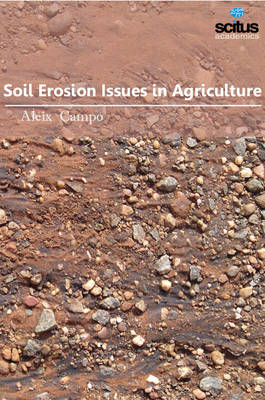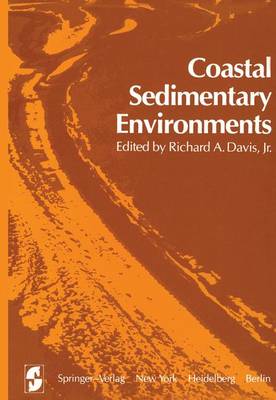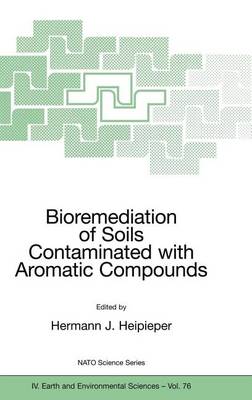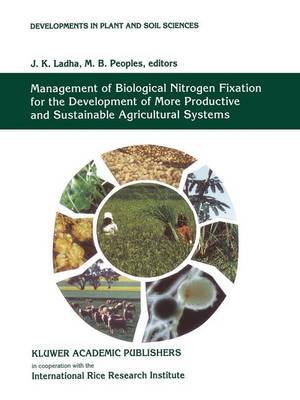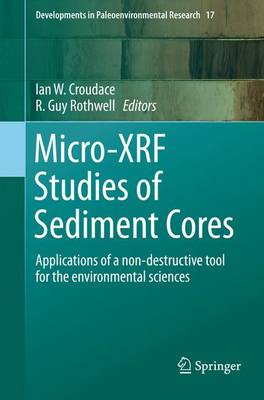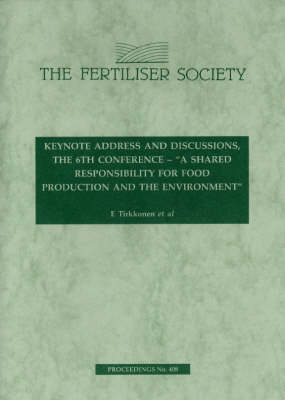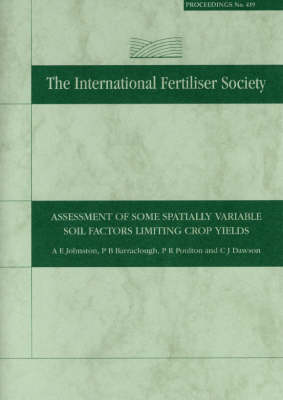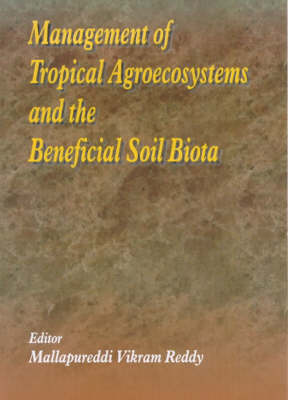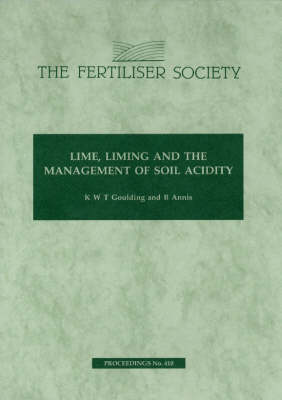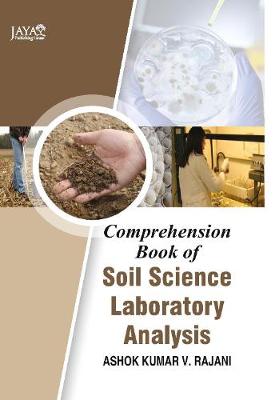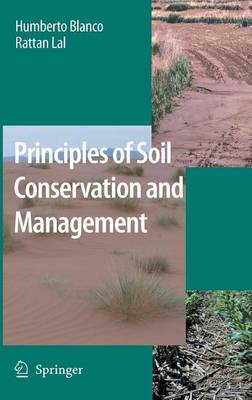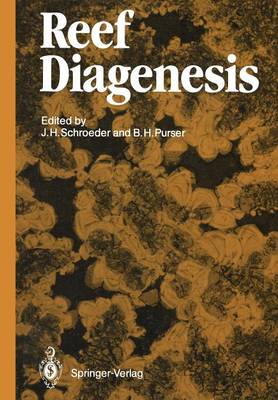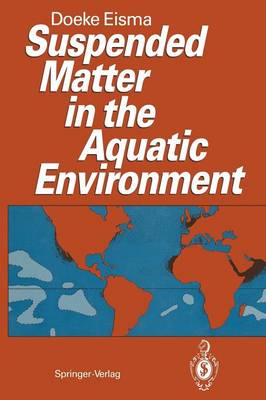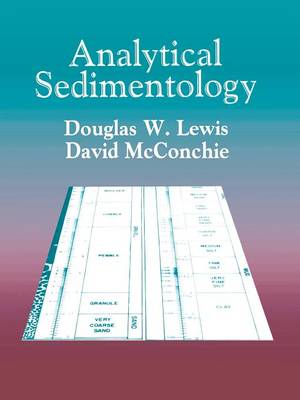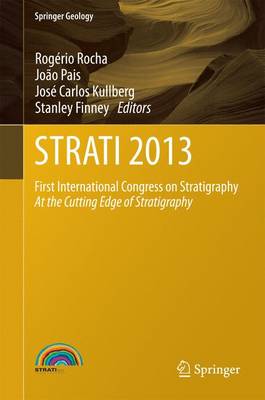Soil Erosion Issues in Agriculture
The zone where land and sea meet is composed of a variety of complex environments. The coastal areas of the world contain a large percentage of its population and are therefore of extreme economic importance. Industrial, residential, and recreational developments, as well as large urban complexes, occupy much of the coastal margin of most highly developed countries. Undoubtedly future expansion in many undeveloped maritime countries will also be concentrated on coastal areas. Accompanying our oc...
Soil Map and Palaeo-Settlement Location - Isili, Nurri, Nurallao, Sadali
by M.Raimonda Usai
A rediscovery of the intricate ways in which some ancient civilizations tended the soil, and an account of many pioneers in the modern world who are working on the fringes of science - or even beyond - to develop productive, sustainable uses of land without chemical intervention. This is not merely a book about organic farming, the overall aim is to argue for the vitality gained by achieving harmonious interactions with the planet. The authors also wrote "The Secret Life of Plants".
Bioremediation of Soils Contaminated with Aromatic Compounds (NATO Science) (NATO Science Series IV, #76)
This book represents a compilation of the major contributions of a NATO workshop on bioremediation of soils contaminated with aromatic compounds, which took place in Tartu, Estonia. It demonstrates the importance and necessity of interdisciplinary research in modern environmental biotechnology.
Table 1. Global allocation of arable land between different com modities Globally, cereal cropping dominates cultivated land Commodities' Proportion of land area use (around 50% of total area, Table I). The remain (%) ing arable land is used for production of oilseed, fibre, or food and cash crops. In addition, vast areas are Cereals maintained under temporary or permanent pasture for Wheat 16 forage production (2-3 fold greater than the total area Rice 10 under cultivation and permanent crop;...
Applied Soil Biology and Ecology
Micro-XRF Studies of Sediment Cores (Developments in Paleoenvironmental Research, #17)
This volume presents papers on the use of micro-XRF core scanners in palaeoenvironmental research. It contains a broad ranging view of instrument capability and points to future developments that will help contribute to higher precision elemental data and faster core analysis. Readers will find a diverse range of research by leading experts that have used micro-XRF core scanners in a wide range of scientific applications. The book includes specific application papers reporting on the use of XRF...
Assessment of Some Spatially Variable Soil Factors Limiting Crop Yields (Proceedings of the Fertiliser Society, No. 419.)
by A. E. Johnston and etc.
Management of Tropical Agroecosystems and the Beneficial Soil Biota
Revised Classification of the Soils of Belize (NRI Bulletin S., v. 59.)
by I.C. Baillie and etc.
Forests and Soil (UK Forestry Standard Guidelines, #6)
by Forestry Commission
Advances in Carbonate Sequence Stratigraphy
Comprehension Book of Soil Science Laboratory Analysis
by Ashok Kumar V. Rajani
Principles of Soil Conservation and Management
by Humberto Blanco and Rattan Lal
"Principles of Soil Management and Conservation" comprehensively reviews the state-of-knowledge on soil erosion and management. It discusses in detail soil conservation topics in relation to soil productivity, environment quality, and agronomic production. It addresses the implications of soil erosion with emphasis on global hotspots and synthesizes available from developed and developing countries. It also critically reviews information on no-till management, organic farming, crop residue manag...
Reef Diagenesis
1 2 J. H. SCHROEDER and B. H. PURSER 1 Introduction A symposium convened during the Vth International Coral Reef Congress in Papeete, Tahiti, 1985, encouraged the editors to assemble this volume of case studies by participating and, especially, by nonparticipating scientists. An attempt was made to include case studies from various regions and geological periods, carried out on various scales from regional to ultrastructural. We hope to present an overall view of reef diagenesis. Although the vo...
The purpose of this book is to give an introduction to the most important aspects of suspended matter in the aquatic environment: its origin and composition, the concentration distribution, transport and deposition, and the most important physical-chemical-bio logical process that affects suspended matter: flocculation. In Chap ter 1 the development of suspended matter observation and study throughout history is given, with the coming of a more modern approach during the 19th century and the f...
The first edition of Practical Sedimentology contained dis ACKNOWLEDGMENTS cussions of principles and techniques that could be applied to the analysis of sediments in the field and in laboratories sup Colleagues at the University of Canterbury and the Univer plied with inexpensive and commonly available equipment. sity of New England, Lismore, have helped with practical When considering a revised edition, we felt that it was inap advice on their experiences with various methodologies dis pr...
The Campanian-Maastrichtian Stage Boundary (Developments in Palaeontology and Stratigraphy, v. 9)
The Phanerozoic calendar of the history of the earth is composed of fundamental units called stages. A priority of the International Commission on Stratigraphy is to redefine these stages using a modern approach. This work presents a unique solution to the previously debated and diversified locations of the Campanian-Maastrichtian boundary, providing a precise correlation using the most accepted known time markers. The Campanian and the Maastrichtian are the last two stages of the Cretaceous S...
STRATI 2013 (Springer Geology)
The 1st International Congress on Stratigraphy (STRATI 2013), hold in Lisbon, 1–7 July 2013, follows the decision to internationalize the conferences previously organized by the French Committee of Stratigraphy (STRATI), the last one of which was held in Paris in 2010. Thus, the congress possesses both the momentum gained from an established conference event and the excitement of being the first International Congress on Stratigraphy. It is held under the auspices of the International Commission...

